When you’re dealing with a stubborn parasite infection-whether it’s scabies, lice, or a worm infestation-getting the right treatment matters. Iverjohn, which contains ivermectin, has been a go-to for years. But it’s not the only option. With new studies, changing guidelines, and growing access to other drugs, many people are asking: Ivermectin vs what? Is it still the best choice, or are there safer, cheaper, or more effective alternatives?
What Iverjohn (Ivermectin) Actually Does
Ivermectin isn’t a magic bullet. It’s an antiparasitic that works by paralyzing and killing certain worms, mites, and lice. It targets nerve and muscle cells in parasites, blocking their ability to move and feed. In humans, it’s approved for conditions like strongyloidiasis, onchocerciasis (river blindness), and scabies. Iverjohn is just one brand name-generic ivermectin tablets are widely available and cost far less.
The standard dose for scabies is a single oral dose of 200 micrograms per kilogram of body weight, repeated after 7-14 days if needed. For intestinal worms, it’s often given as a single dose. It’s generally safe for adults and children over 15 kg, but not for pregnant women or kids under that weight unless supervised.
But here’s the catch: it doesn’t work on every parasite. It won’t touch tapeworms, for example. And it’s not approved for treating viral infections like COVID-19-despite misinformation online. Stick to approved uses.
Top Alternatives to Ivermectin
There are several other drugs used to treat the same conditions. Each has strengths, side effects, and situations where it’s preferred over ivermectin.
Permethrin Cream (Topical)
For scabies, permethrin cream (5%) is the first-line treatment in most countries, including New Zealand and the U.S. It’s applied from neck to toe and left on for 8-14 hours before washing off. It kills mites and eggs in one application. Studies show it’s as effective as ivermectin, with fewer systemic side effects.
Why choose it over Iverjohn? If you’re pregnant, breastfeeding, or have sensitive skin, permethrin is safer. It doesn’t enter your bloodstream much, so it’s less likely to cause dizziness or nausea. It’s also cheaper and available over the counter in many places.
Albendazole
For intestinal worms like roundworm, hookworm, and whipworm, albendazole is often preferred. It works by stopping the parasite from absorbing glucose, starving it to death. A single 400 mg dose is usually enough. It’s also used for pinworms and some forms of strongyloidiasis.
Compared to ivermectin, albendazole has a broader spectrum against soil-transmitted helminths. It’s also cheaper and more widely stocked in public clinics. However, it can cause mild stomach upset and, rarely, liver enzyme changes. Not recommended for pregnant women in the first trimester.
Pyrethroids (Lindane, Malathion)
For head lice, permethrin is still top choice, but if that fails, malathion lotion (0.5%) is next. It’s applied to dry hair, left on for 8-12 hours, then washed out. It kills both lice and eggs. Lindane is rarely used now due to neurotoxicity risks, especially in children.
Ivermectin is sometimes used off-label for resistant lice-usually one oral dose-but it’s not FDA-approved for this. Malathion has stronger evidence for lice eradication and is less likely to be misused.
Topical Benzyl Benzoate
Common in Europe and parts of Asia, benzyl benzoate is a topical treatment for scabies. It’s applied in two or three doses over a week. It’s effective but can irritate the skin, especially in kids. It’s not available in New Zealand pharmacies without a prescription.
Compared to ivermectin, it’s more labor-intensive (multiple applications) but avoids systemic exposure. Good for people who want to avoid pills.
When Ivermectin Still Wins
There are times when ivermectin is the better-or only-choice.
For crusted scabies, a severe form that affects immunocompromised people, oral ivermectin is essential. Topical treatments alone won’t penetrate thick crusts. Doctors often combine it with permethrin cream and sometimes albendazole.
For onchocerciasis (river blindness), ivermectin is the only drug proven to kill the microfilariae that cause blindness and skin damage. No alternative matches its impact here.
And for strongyloidiasis in tropical regions, ivermectin is more effective than albendazole at clearing the parasite from the body long-term. Albendazole may reduce symptoms, but ivermectin gives better cure rates.
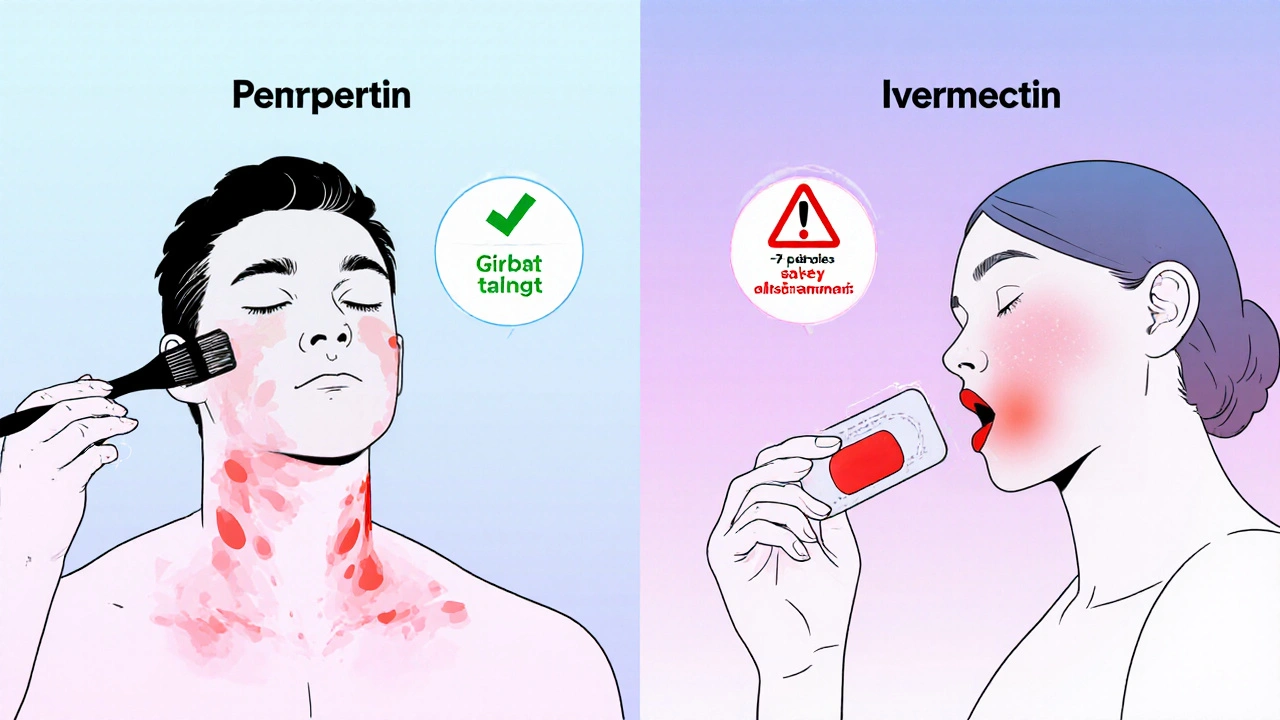
Side Effects Compared
Here’s how the main options stack up in terms of safety:
| Drug | Common Side Effects | Serious Risks | Safe in Pregnancy? |
|---|---|---|---|
| Ivermectin (Iverjohn) | Dizziness, nausea, diarrhea, mild rash | Neurotoxicity in overdose or with blood-brain barrier issues | No (Category C) |
| Permethrin Cream | Itching, burning, redness at application site | Very rare: allergic reaction | Yes (Category B) |
| Albendazole | Stomach pain, headache, dizziness | Liver enzyme elevation, bone marrow suppression (rare) | No (first trimester) |
| Malathion Lotion | Scalp irritation, odor, dryness | Flammability risk (alcohol-based), neurotoxicity if misused | Use with caution |
| Benzyl Benzoate | Stinging, skin irritation | Seizures if ingested or used on broken skin | Use with caution |
Permethrin wins for safety in pregnancy and children. Ivermectin carries slightly higher risk of systemic reactions but is more convenient for widespread infestations.
What Doctors Recommend Today
In New Zealand, Australia, and the UK, guidelines now favor topical permethrin as first-line for scabies. Oral ivermectin is reserved for cases where topical treatment fails, or for people who can’t apply cream (e.g., due to disability, widespread lesions, or crusted scabies).
For intestinal worms, albendazole is often preferred because it’s cheaper, more accessible, and covers a wider range of species. Ivermectin is used when the infection is confirmed to be caused by parasites it targets specifically-like strongyloides or onchocerca.
Doctors also consider cost and access. In rural areas, ivermectin might be the only option available at the clinic. In cities, permethrin is usually stocked in pharmacies without a prescription.
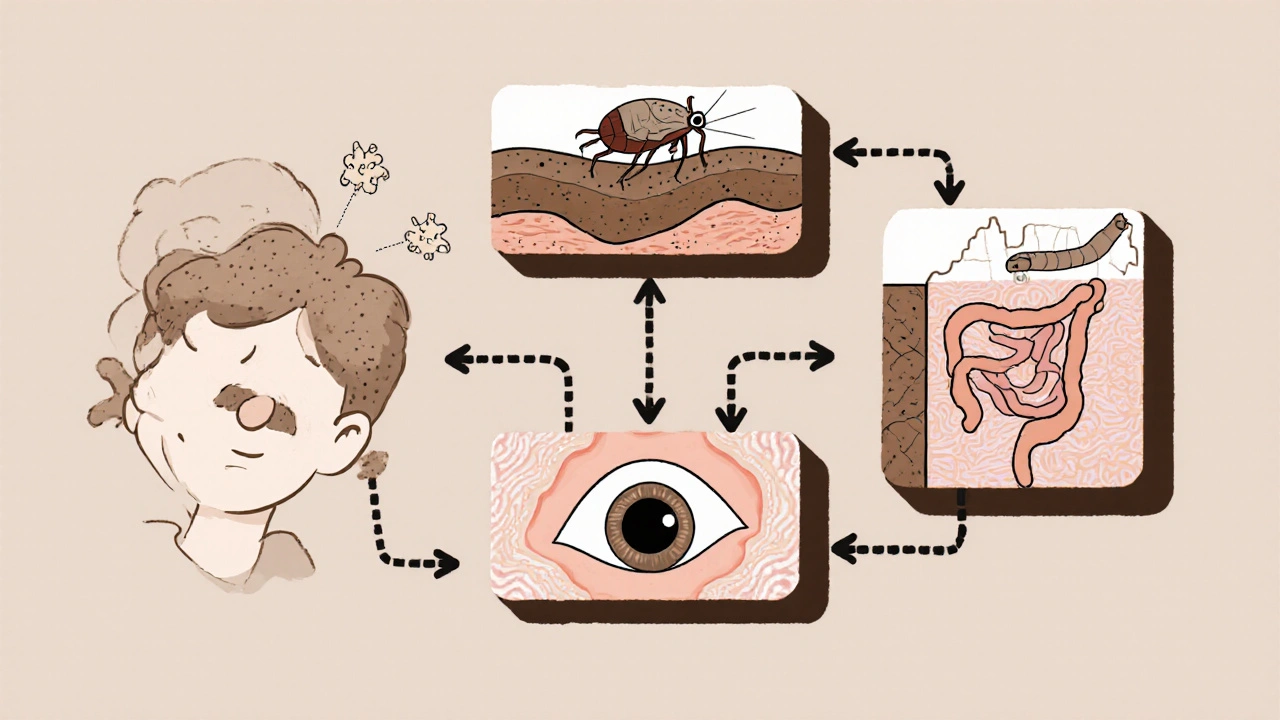
What Not to Do
Don’t use veterinary ivermectin. Horse or cattle formulations are highly concentrated and can be deadly to humans. There have been hospitalizations from people self-medicating with livestock products.
Don’t take ivermectin for colds, flu, or COVID-19. No credible evidence supports this. The WHO, CDC, and Medsafe (New Zealand’s medicines regulator) all warn against it.
Don’t combine multiple antiparasitics without medical advice. Mixing ivermectin with albendazole or permethrin can increase side effects without improving results.
When to See a Doctor
See a health professional if:
- Your symptoms don’t improve after one full course of treatment
- You have signs of infection: pus, fever, swelling
- You’re pregnant or breastfeeding
- You’re treating a child under 15 kg
- You’ve used ivermectin before and it didn’t work
Some parasitic infections need lab testing to confirm the type. Self-diagnosing scabies or lice can lead to wrong treatment. A skin scraping or tape test can tell you exactly what you’re dealing with.
Final Takeaway
Iverjohn (ivermectin) is a powerful tool-but not always the best one. For most cases of scabies, permethrin cream is safer and just as effective. For worms, albendazole often covers more ground. Ivermectin shines in specific situations: crusted scabies, river blindness, or when topical treatments fail.
The key is matching the drug to the parasite, the patient, and the context. There’s no universal winner. What works for one person might not work for another.
Always consult a doctor or pharmacist before starting any treatment. Don’t rely on online forums or social media advice. Parasites don’t care about trends-they care about the right dose, the right drug, and the right timing.
Is Iverjohn the same as ivermectin?
Yes. Iverjohn is a brand name for a tablet that contains ivermectin as its active ingredient. Generic ivermectin is chemically identical and often costs much less. The difference is only in packaging and price-not effectiveness.
Can I buy ivermectin over the counter?
In New Zealand and most countries, ivermectin is a prescription-only medicine. You can’t legally buy it over the counter for human use. Some online sellers claim to sell it without a script, but these are often unregulated, counterfeit, or veterinary products-dangerous to take.
How long does it take for ivermectin to work?
Ivermectin starts working within hours, paralyzing parasites. But visible results-like reduced itching or dead lice-can take days. For scabies, itching may persist for weeks after treatment because your skin is reacting to dead mites. A second dose after 7-14 days is often needed to kill newly hatched mites.
Are there natural alternatives to ivermectin?
Tea tree oil, neem oil, and clove oil are sometimes used for lice or scabies, but there’s no strong evidence they work as reliably as FDA or Medsafe-approved drugs. They may help soothe skin but won’t reliably kill eggs or deep-seated parasites. Don’t replace medical treatment with unproven remedies.
Why do some people say ivermectin doesn’t work?
Ivermectin can fail if the wrong parasite is treated, if the dose is too low, or if it’s used alone for crusted scabies. Resistance is rare but possible. Often, people think it didn’t work because itching lasted too long-but that’s normal. The real test is whether new lesions stop appearing after two weeks. If they do, the treatment worked.

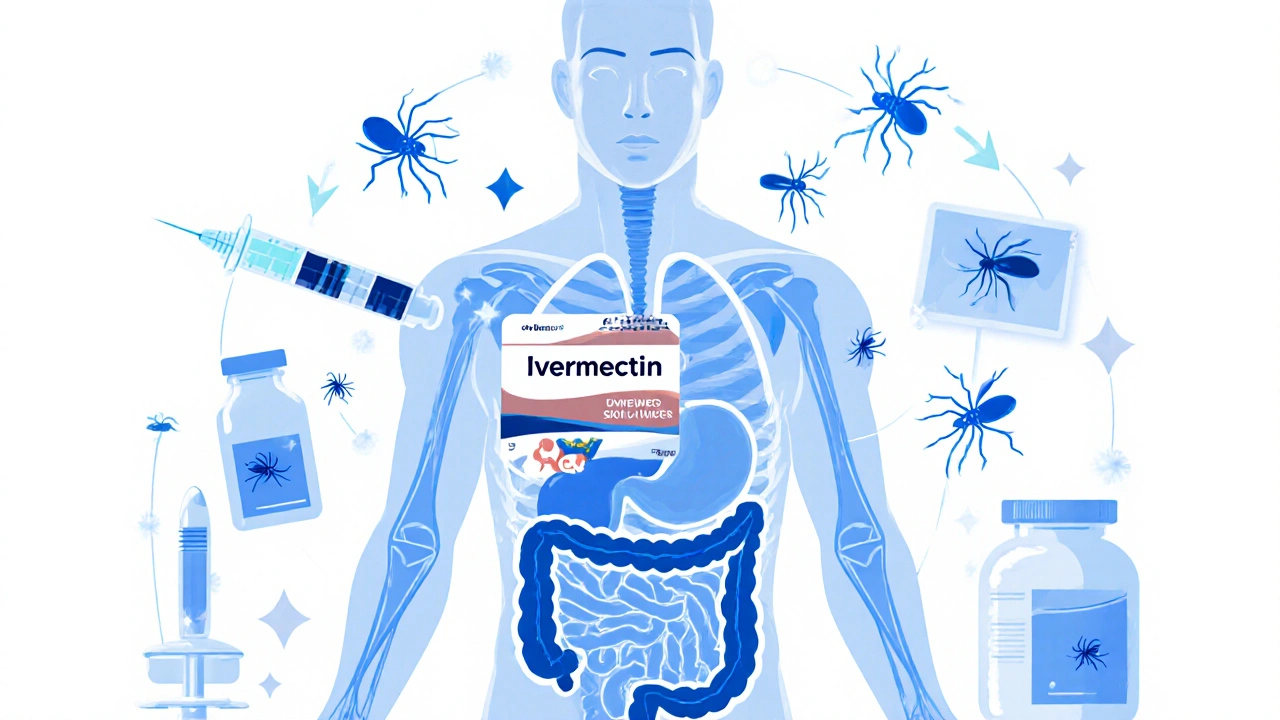

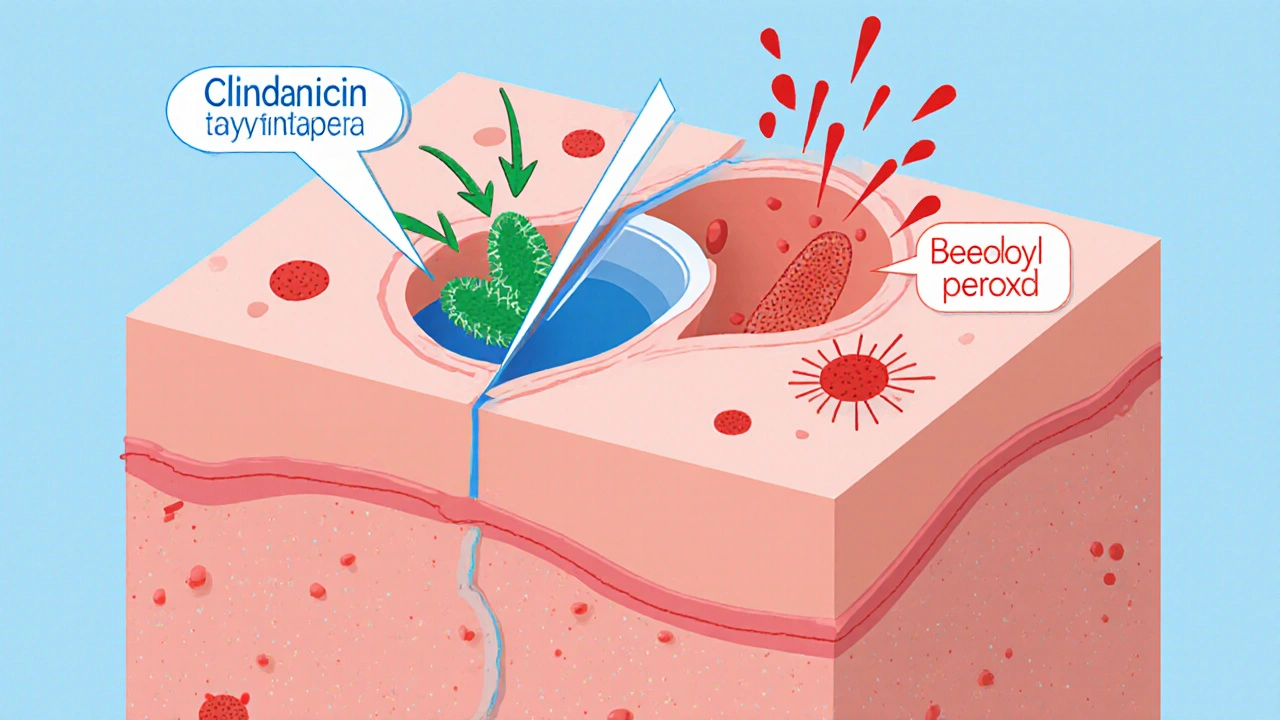
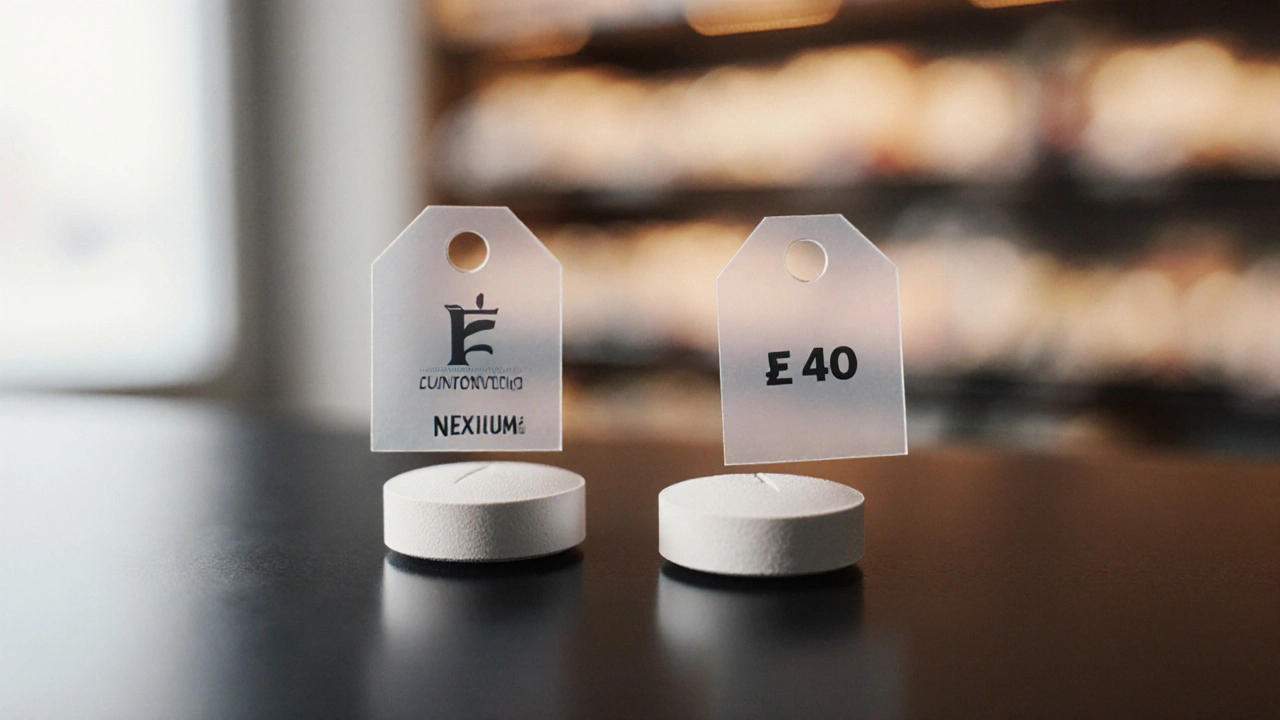



8 Comments